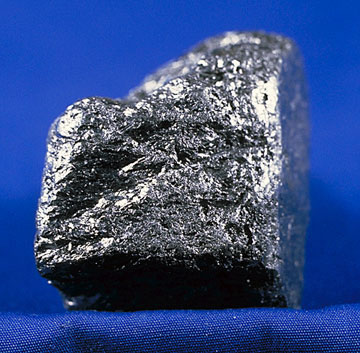Observations on the role of graphite in medieval pottery from Moravia and Silesia
DOI:
https://doi.org/10.35686/AR.2015.6Keywords:
Middle Ages, Moravia, graphite pottery, crucibles, graphiteAbstract
Medieval potters in Moravia began using graphite to produce pottery in the ninth century. Common utilitarian graphite pottery
disappeared from the market during the course of the thirteenth century, with further production essentially limited to large storage vessels. Sediments containing graphite were collected in the vicinity of the occurrence of graphite. Coarse-grained graphite flakes along with fragments of minerals were used as temper, while fine-grained graphite and organic material were used as binders. There is no consensus on the role of graphite in the production and use of pottery. If demands on modern graphite crucibles are used as evaluation criteria, it can be seen that the high thermal conductivity, volume stability and hydrophobic nature of graphite were the main qualities with a positive impact (technologically and economically) on the drying, firing and use of graphite pottery.
Downloads












